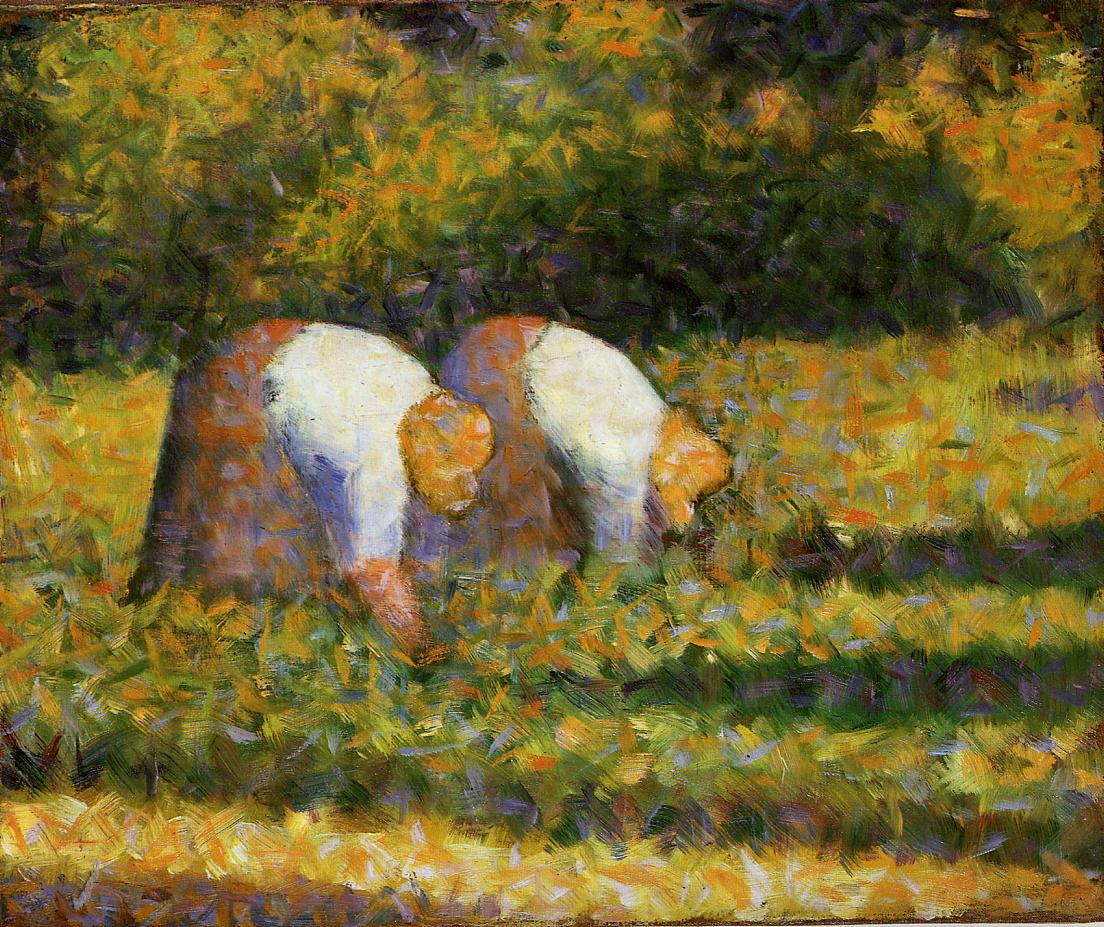impressionist-ART.com
Impressionism & Post-Impressionism
Georges Seurat - Farm Women at Work 1883 Farm Women at Work |
Johannes Vermeer - The Girl with a Pearl Earring 1665. It is not a portrait, but a ‘tronie’ – a painting of an imaginary figure. Tronies depict a certain type or character; in this case a girl in exotic dress, wearing an oriental turban and an improbably large pearl in her ear. ArtsViewer.com |
From Solomon R. Guggenheim Museum, New York:
In 1886, at the eighth and last Impressionist exhibition, Seurat and a circle of like-minded painters jolted the art world with their radical works. The centerpiece was A Sunday on La Grande Jatte—1884 (1884–86), Seurat's epic painting of Parisians captured in a moment of leisure-time consumption along the banks of the Seine. The subjects Seurat portrayed in his other major images of metropolitan life—street musicians, circus performers, can-can dancers, and models—equally epitomize modernity. While rural and urban social themes are an attendant aspect of his work (although he never overtly voiced the leftist political ideals shared by most of the Neo-Impressionists), from the mid-1880s onward, Seurat also painted port scenes and seascapes along the northern coastline of France. These luminous works devoid of people, which combine mosaic-like surfaces with arabesque forms, are meant to induce emotive states in the viewer through particular deployments of color, chromatic intensity, and line, transcending the potentially formulaic confines of a method founded in scientific process. Such ideas were influential for his contemporaries, as well as the Symbolist painters of the 1890s. Yet, because Seurat was notoriously reticent and wrote little about his theories, when his life was cut short by diphtheria at age 31, these hermetic works became his singular legacy.